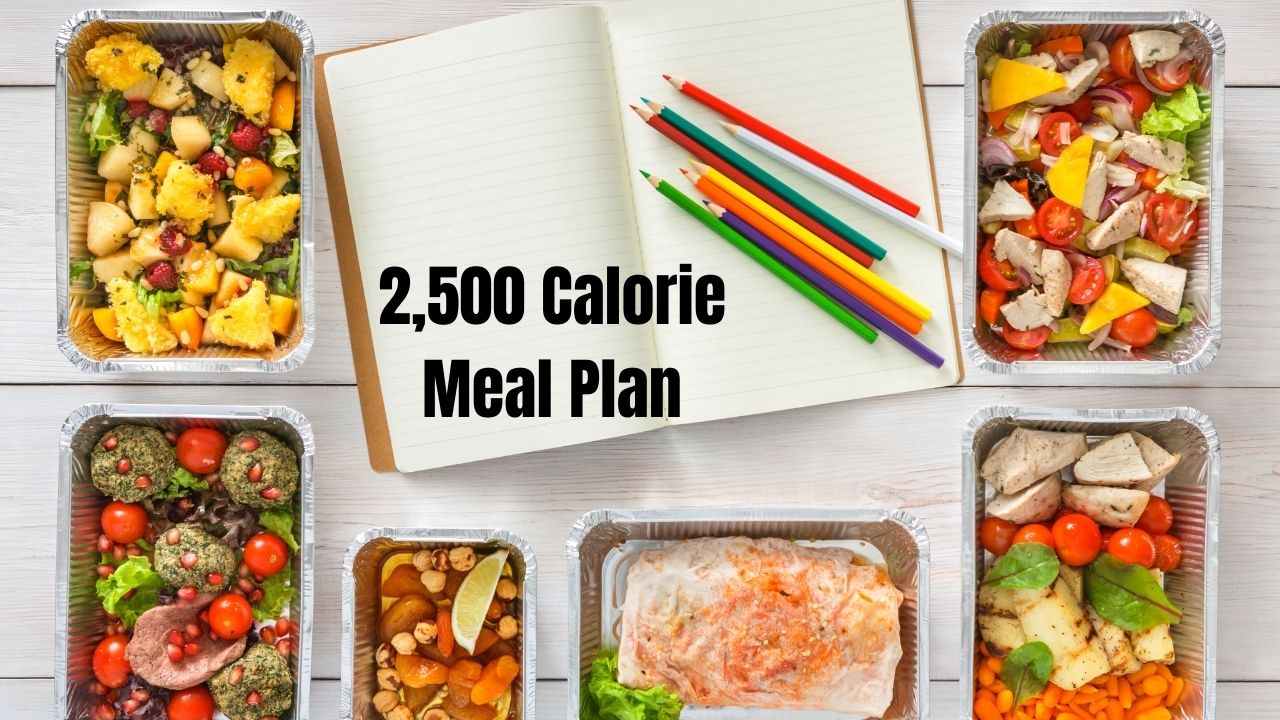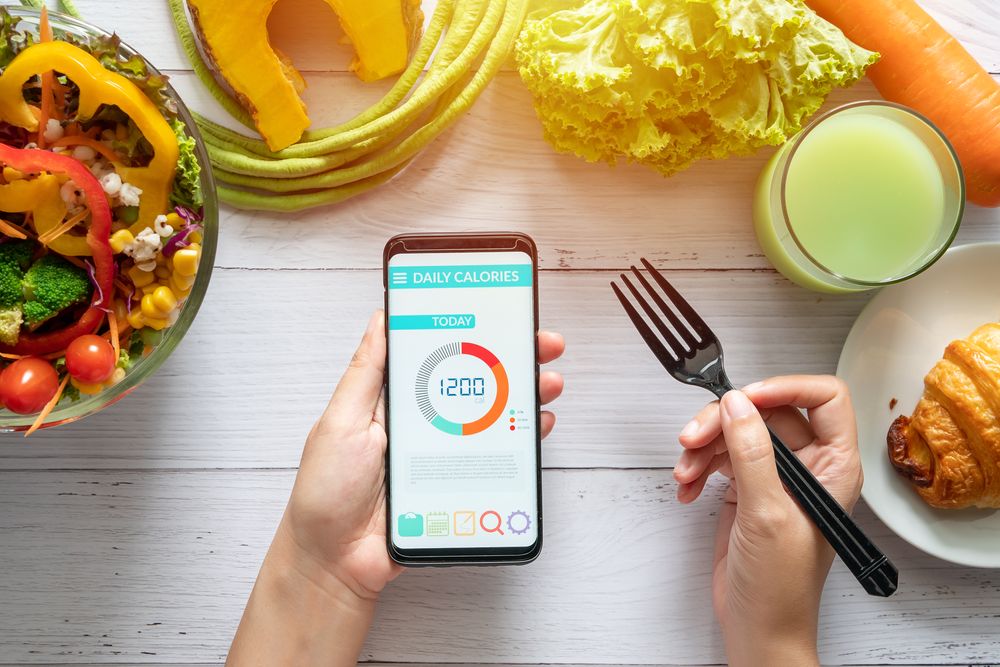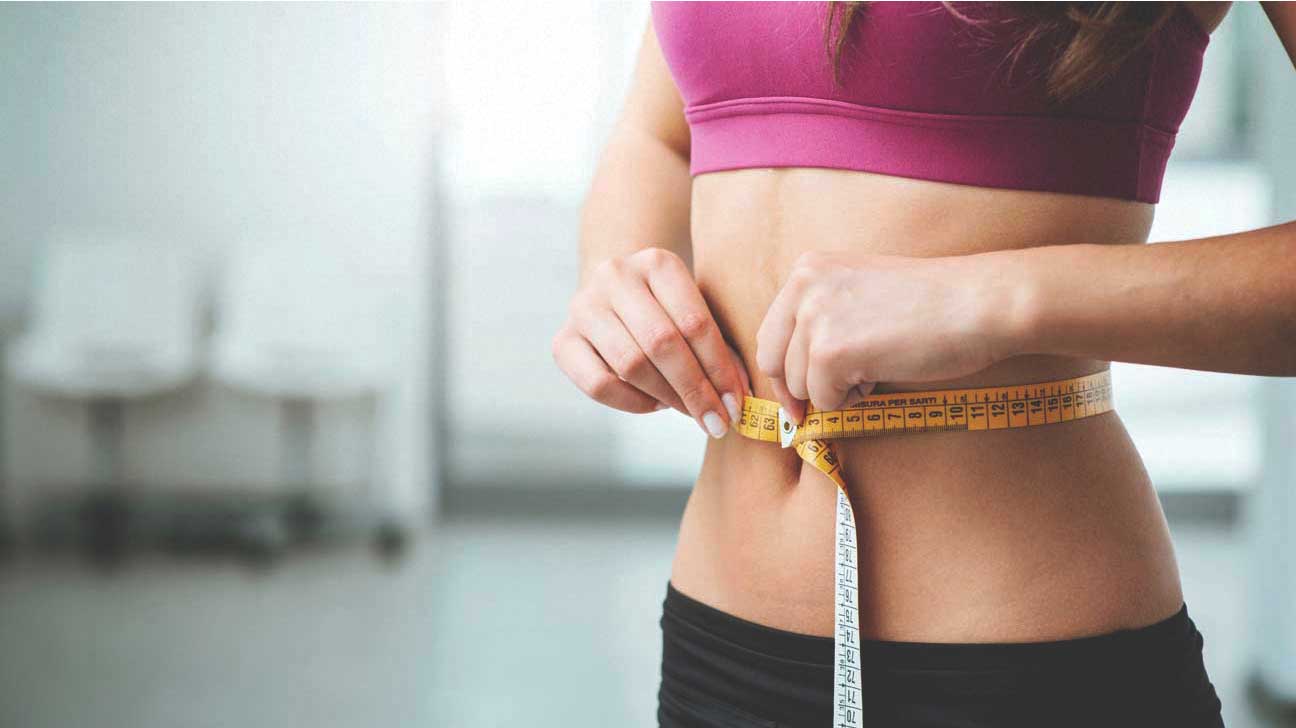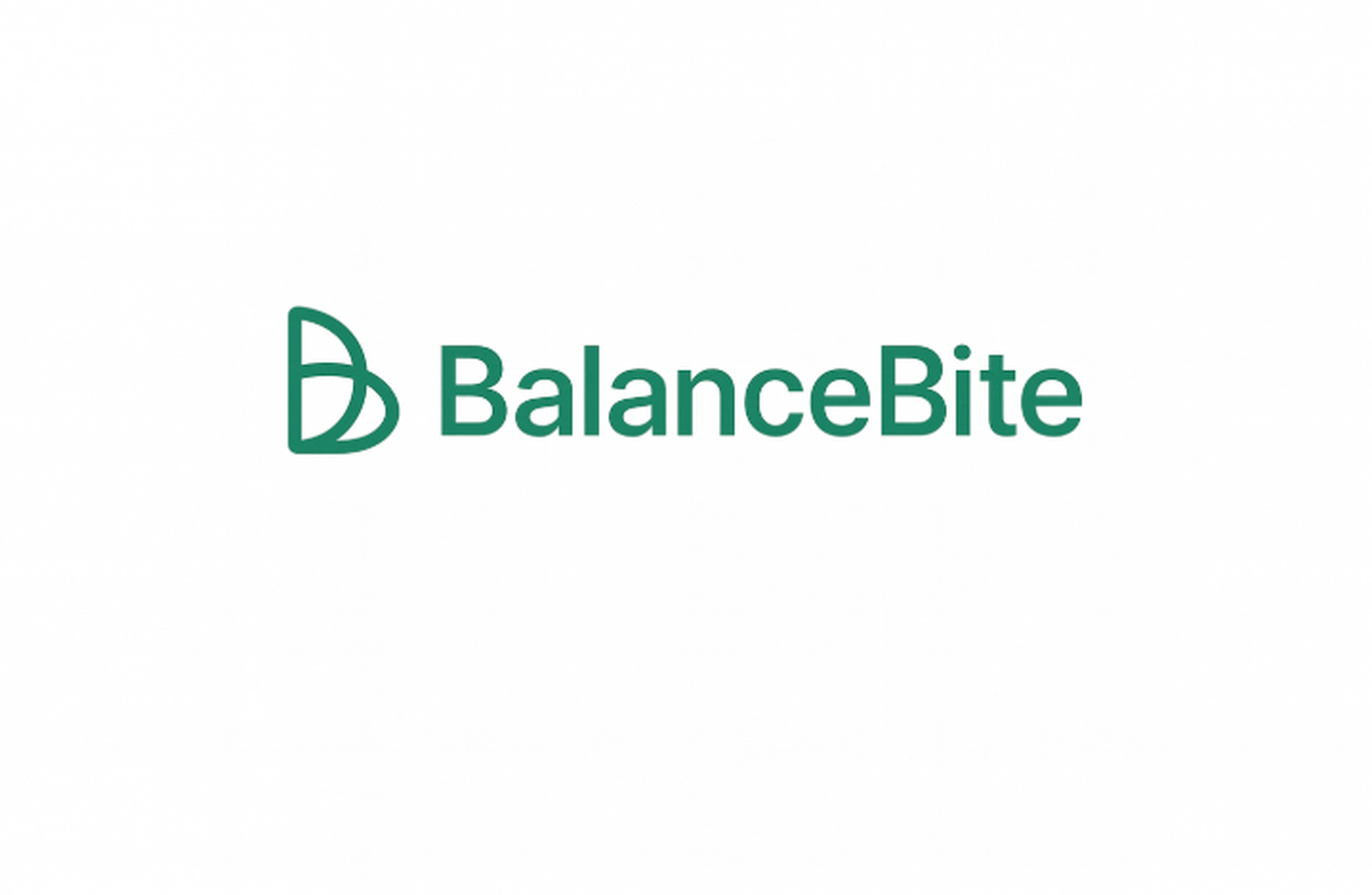Can You Really Lose Weight on a 2500 Calories Diet Plan? Here’s the Truth
Think 2500 calories is too much to lose weight? Not always. Learn how a 2500 calories diet plan can actually support fat loss when matched to your goals, activity level, and meal strategy.
Think eating 2500 calories a day means you’ll gain weight? Not always. In fact, for some people, it’s exactly what they need to start losing fat — without starving or crashing.
Weight loss isn’t just about eating less. It’s about eating smart. If you’re active, have a faster metabolism, or a bigger build, 2500 calories could actually help you drop weight — when done the right way.
In this article, you’ll learn how to make a 2500 calories diet plan work for weight loss, with real meal plans, simple tips, and a clear strategy you can actually follow.
What Is a 2500 Calorie Diet ?

A 2500 calorie diet is a daily eating plan where your food adds up to 2500 calories. It can be used for weight loss, muscle gain, or to maintain a healthy weight — depending on your body and activity level.
Who Should Follow a 2500 Calorie Diet Plan?

Not everyone needs the same number of calories every day. Your ideal intake depends on your calorie needs, which vary depending on your age, size, activity, and goal.
If you’re trying to lose weight, 2500 calories might sound like too much — but it isn’t for everyone. Athletes, heavy lifters, or active people can still burn more calories than that and see weight loss.
It’s also helpful if you want to gain weight but in a clean, controlled way. A 2500 calorie diet full of nutrient-rich foods and healthy fat can support overall health while helping you build size slowly.
Here’s who might benefit from this:
-
People with high daily calorie intake needs
-
Those trying to reach or keep a healthy weight
-
Anyone switching from poor eating habits to a more nutritious diet
How to Calculate Your Calorie Needs for a 2500 Calorie Diet

Before following any diet, you need to know how many calories your body actually burns. This tells you if 2500 is too much, too little, or just right.
There are online tools and formulas that calculate your calorie needs using your age, gender, weight, and activity level. Once you know that, you’ll see if a 2500 calorie diet fits your goal.
For example:
-
If your burn is 2200, eating 2500 means a surplus — helpful for gaining weight
-
If your burn is 2800, 2500 creates a small calorie deficit — good for slow weight loss
Why it matters:
-
Helps meet your nutritional needs without guessing
-
Supports your well being and long-term results
-
Prevents you from eating too little or too much
Not sure where to start? Let Balance Bite calculate it for you — fast, accurate, and tailored to your body.
How to Build Your Own 2500 Calorie Meal Plan the Healthy Way

Start by spreading your calories across the day — breakfast, lunch, dinner, and snacks in between. Try to balance each meal with lean protein, carbs, and healthy fat.
Here’s a simple sample:
-
Breakfast: 2 eggs, 1 slice whole wheat toast, fruit, 1 cup greek yogurt
-
Lunch: Peanut butter lunch sandwich, fresh spinach salad, carrot sticks
-
Dinner: Grilled chicken breast, brown rice, vegetables, drizzle of olive oil
-
Snacks: Dark chocolate, fruits, nuts, or a small bowl of sweet potatoes
Smart tips:
-
Use more whole grains instead of white bread
-
Swap fried foods for baked or steamed options
-
Add variety with flax seeds, dairy products, and high fiber foods
-
Keep treats like fried chicken and sugary snacks limited
Why this works:
-
It’s a calorie diet that fuels your body with the right foods
-
Helps you eat healthy without giving up taste
-
Easy to follow and adjust for weight loss, maintenance, or gain weight
Your Ready to Use Sample 7 Day 2500 Calorie Meal Plans

Eating 2500 calories doesn’t have to be boring or complicated. Below are 7 days of full-day meal plans for veg, non-veg, and vegan eaters — all built with brown rice and whole foods to support your nutritious diet goals.
Day 1
-
Veg:
Breakfast: Paneer paratha + curd + 1 fruit
Lunch: Brown rice + rajma + salad
Snack: Roasted chickpeas + banana
Dinner: Vegetable pulao + mixed veg curry + buttermilk -
Non-Veg:
Breakfast: Boiled eggs + whole wheat toast + 1 fruit
Lunch: Grilled chicken + brown rice + sautéed vegetables
Snack: Greek yogurt + nuts
Dinner: Chicken curry + brown rice + cucumber salad -
Vegan:
Breakfast: Oats with almond milk + peanut butter + fruit
Lunch: Brown rice + chana masala + green salad
Snack: Mixed seeds + carrot sticks
Dinner: Quinoa + stir-fried tofu + steamed spinach
Day 2
-
Veg:
Breakfast: Poha with peanuts + 1 cup milk
Lunch: Brown rice + palak paneer + cabbage salad
Snack: Fruit chaat + buttermilk
Dinner: Whole wheat roti + mix veg sabzi + dal -
Non-Veg:
Breakfast: Omelette + brown toast + fruit
Lunch: Fish curry + brown rice + salad
Snack: Boiled egg + fruit
Dinner: Grilled chicken breast + sweet potatoes + sautéed greens -
Vegan:
Breakfast: Smoothie bowl (banana, spinach, oats, flax seeds)
Lunch: Brown rice + kidney beans + sautéed broccoli
Snack: Hummus + fresh veggie sticks
Dinner: Millet khichdi + stir-fried vegetables
Day 3
-
Veg:
Breakfast: Idli + coconut chutney + sambar
Lunch: Vegetable biryani with brown rice + cucumber raita
Snack: Roasted peanuts + tea
Dinner: Moong dal + bottle gourd sabzi + roti -
Non-Veg:
Breakfast: Scrambled eggs + toast + fruit
Lunch: Chicken biryani with brown rice + salad
Snack: Greek yogurt + almonds
Dinner: Fish fry (shallow) + brown rice + sautéed beans -
Vegan:
Breakfast: Daliya with almond milk + dates
Lunch: Brown rice + chickpea curry + carrot salad
Snack: Banana + peanut butter
Dinner: Whole wheat wrap with tofu and veggies
Day 4
-
Veg:
Breakfast: Masala oats + buttermilk
Lunch: Brown rice + mixed dal + pumpkin curry
Snack: Sprouts salad + fruit
Dinner: Stuffed paratha + curd + salad -
Non-Veg:
Breakfast: Fried eggs + whole wheat toast + fruit
Lunch: Egg curry + brown rice + stir-fried veggies
Snack: Cheese slices + fruit
Dinner: Grilled fish + mashed potatoes + sautéed spinach -
Vegan:
Breakfast: Peanut butter toast + banana
Lunch: Brown rice + dal tadka + veggie stir-fry
Snack: Coconut water + trail mix
Dinner: Chickpea patties + green salad + millet
Day 5
-
Veg:
Breakfast: Veg upma + fruit juice
Lunch: Brown rice + methi aloo + cucumber salad
Snack: Fruit + mixed nuts
Dinner: Khichdi + papad + curd -
Non-Veg:
Breakfast: Chicken sandwich + fruit
Lunch: Brown rice + grilled chicken + sautéed veggies
Snack: Greek yogurt with berries
Dinner: Egg curry + roti + salad -
Vegan:
Breakfast: Chia pudding + berries + flax seeds
Lunch: Lentil soup + brown rice + vegetable sticks
Snack: Apple + peanut butter
Dinner: Tofu curry + rice + cucumber salad
Day 6
-
Veg:
Breakfast: Paratha + curd + fruit
Lunch: Brown rice + baingan bharta + moong dal
Snack: Chikki + tea
Dinner: Paneer curry + roti + salad -
Non-Veg:
Breakfast: Turkey slices + whole grain toast + fruit
Lunch: Chicken stew + brown rice + veggies
Snack: Hard-boiled eggs + almonds
Dinner: Egg biryani + salad -
Vegan:
Breakfast: Multigrain porridge + banana
Lunch: Brown rice + rajma + raw salad
Snack: Roasted peanuts + fruit
Dinner: Tofu stir-fry + millet roti
Day 7
-
Veg:
Breakfast: Thepla + pickle + tea
Lunch: Brown rice + kadhi + bhindi sabzi
Snack: Buttermilk + fruit
Dinner: Dal palak + roti + salad -
Non-Veg:
Breakfast: Egg bhurji + brown toast + fruit
Lunch: Chicken curry + brown rice + cucumber salad
Snack: Greek yogurt + walnuts
Dinner: Fish fillet + sweet potato mash + greens -
Vegan:
Breakfast: Vegan smoothie (oats, almond milk, banana, flax seeds)
Lunch: Tofu biryani with brown rice + salad
Snack: Hummus + carrot sticks
Dinner: Vegan lentil stew + whole wheat toast
Want this meal plan customized for your goals? Balance Bite builds it, packs it, and sends it.
How to Use a 2500 Calorie Diet to Gain Weight or Lose Weight
A 2500 calorie diet can help with both weight gain and fat loss — depending on how you use it. The key is understanding your goal and adjusting what and how you eat to match it.
To Gain Weight Follow These Steps

1. Increase Calorie Density with Healthy Whole Foods
If you're trying to gain weight, you don’t need to eat more volume — just smarter calories. Adding calorie-dense, healthy fats and complex carbohydrates helps increase intake without feeling too full.
You can use:
-
Nuts, seeds, and peanut butter
-
Whole grains like oats and brown rice
-
Cooking oils like olive oil or ghee
Avoid filling up on white rice and added sugars alone — they may add calories, but not the nutrients your body needs. A balanced diet helps you gain in a healthy way and supports your overall health.
2. Focus on Progressive Overload and Muscle Building
Eating more without training won’t build muscle — just fat. To gain lean weight, your diet must support your workouts. That means lifting heavier over time and feeding your body properly.
Include:
-
Protein-rich foods like lean meats, eggs, and legumes
-
Carb sources like complex carbohydrates to fuel your workouts
-
Recovery meals that combine protein + carbs after training
A proper sample meal plan would include nutrients for both muscle recovery and growth. Without the training part, those extra calories won't help you build real size.
3. Track Progress and Adjust Calorie Intake Gradually
Not everyone gains or loses at the same speed. It's important to start with your goal, monitor changes, and tweak your calorie intake slowly.
Start simple:
-
Add 200–300 calories if you're not gaining
-
Reduce 200–300 if you’re not losing
-
Watch how your clothes fit and how you feel
Use mindful eating — be aware of what you eat and how much. Avoid sneaky extras like sugary drinks or deep-fried snacks that can add saturated fat without supporting your goals.
4. Maintain a Healthy Weight Gain Rate
Fast weight gain can bring bloating, fat storage, and bad habits. Aim to gain 0.25–0.5 kg per week by choosing whole foods and keeping your meals clean.
Good habits to build:
-
Stick to a balanced diet
-
Eat meals with real nutrients, not just fillers
-
Don’t skip meals or rely on junk to push up calories
A proper 2500 calorie setup can help you sustain life, gain muscle, and improve strength — as long as you stay consistent and make small changes when needed.
To Lose Weight Follow These Steps

To lose weight using a 2500 calorie diet, you need to make your meals smarter — not smaller. The goal is to eat foods that fill you up, fuel your body, and keep your calories in check.
1. Create a Calorie Deficit Based on Your Calorie Needs
The first step is knowing how many calories your body uses in a day. Once you know your calorie needs, you can create a calorie deficit — this means eating fewer calories than you burn.
You don’t need to cut a lot. Even 300–500 fewer calories a day can lead to steady weight loss. For some active people, 2500 calories may already be in a slight deficit.
Simple tips:
-
Use a TDEE calculator to find your daily calorie intake
-
Avoid guessing — it often leads to eating more calories than you think
-
Focus on nutrient-rich foods to stay full and healthy while eating less
2. Choose Low-Calorie, Nutrient-Dense Foods Like Brown Rice and Veggies
To stay full on fewer calories, fill your plate with foods high in nutrients but low in calories. This helps you eat more volume without eating more energy.
Smart swaps:
-
Use brown rice instead of white rice
-
Add vegetables to every meal — they’re low in calories and high in fiber
-
Pick whole grains over fried foods or sugary snacks
Also include:
-
Lean meats or plant protein for fullness
-
Healthy sides like fresh spinach, sweet potatoes, and carrot sticks
-
Avoid saturated fat and go for healthy fats in small amounts
This makes your meals filling, satisfying, and great for weight loss.
3. Time Your Meals Strategically for Satiety and Energy
When you eat can be just as important as what you eat. Eating at the right time keeps hunger away and helps with better energy all day.
Helpful tips:
-
Don’t skip breakfast — it sets the tone for your day
-
Keep snacks light but balanced to avoid cravings
-
Eat a protein-rich lunch and lighter dinner to match your body’s rhythm
This supports mindful eating, helps you avoid emotional snacking, and gives better control over your diet.
4. Monitor Weight Loss and Aim for a Healthy Weight Range
Losing weight too fast isn’t healthy or lasting. Aim to lose 0.5–1 kg per week. You’ll feel better, look better, and stay motivated.
How to track:
-
Use a scale weekly — not daily
-
Take progress photos or check how your clothes fit
-
Adjust your meal plan every few weeks if things stop working
Stick to a balanced diet, avoid extreme changes, and don’t cut out whole food groups. A 2500 calorie diet, if set up right, can help you lose fat, keep your energy up, and support your long-term health.
Common Mistakes When Following a 2500 Calorie Diet Plan

Even with a good diet plan, small mistakes can stop your progress. Below are the most common things people get wrong while following a 2500 calorie diet — and how to fix them.
1. Not Tracking Calories Properly

Many people guess how much they eat and end up eating way more or way less than 2500 calories. This stops both weight loss and weight gain goals.
You can avoid this by:
-
Using a simple food tracking app
-
Measuring portions with cups or a kitchen scale
-
Checking food labels to see how many calories are in a serving
Without tracking, it’s easy to go over your daily calorie intake, especially with high-calorie snacks or spreads like peanut butter.
2. Choosing the Wrong Types of Foods

2500 calories of junk is not the same as 2500 calories of real whole foods. Many people fill their meals with processed stuff, fried foods, or too much white rice and sugar.
Watch out for:
-
Too many sugary snacks or added sugars
-
High saturated fat from fast food or snacks
-
Skipping vegetables and nutrients your body needs
Better options include:
-
Lean meats, fresh spinach, sweet potatoes
-
Healthy swaps like brown rice and whole grains
-
A mix of healthy fats like olive oil, nuts, and seeds
3. Not Following a Balanced Meal Plan

Another mistake is not following a proper meal plan with a good mix of protein, carbs, and fat. Eating just one type of food group will leave your diet unbalanced.
Fix this by:
-
Including complex carbohydrates in each meal
-
Adding lean protein to support muscles and energy
-
Using a sample meal plan to guide you, not guessing daily
A balanced diet helps you stay full, avoid cravings, and support your goals without going off track.
4. Ignoring Your Nutritional Needs

Some people only focus on hitting the calorie number and forget about their actual nutritional needs. This leads to poor health and low energy, even if calories are on point.
Avoid:
-
Skipping meals or cutting out food groups
-
Forgetting about nutrients like fiber, iron, and calcium
-
Not drinking enough water during the day
Focus on mindful eating. Pay attention to how you feel after meals and adjust if needed. A good 2500 calorie diet should sustain life, not just fill your plate.
Stop guessing. Get a plan that actually works — built by real nutritionists at Balance Bite.
How Balance Bite Helped Real People Transform with a 2500 Calorie Diet

At Balance Bite, we don’t just give diet plans — we create real, trackable change. Here’s how our 2500 calorie meal system helped users hit their weight goals, gain energy, and build better eating habits.
Challenge
A 28-year-old male client, active in the gym, couldn’t lose fat despite eating “clean.” He hovered at the same weight (78 kg) for 3 months with zero visible progress.
-
He didn’t know his calorie needs
-
His meals lacked structure and balance
-
He often overate snacks and healthy fats without tracking
Strategy
Set a structured 2500 calorie diet using whole foods
Shifted macros to add lean protein and cut saturated fat
Replaced “guess meals” with a sample meal plan
Execution
-
Daily check-ins using Balance Bite’s tracker
-
Adjusted complex carbohydrates around workouts
-
Introduced a rotation of 3 meal plans with brown rice, veggies, and lean meats
Closing Insight
In just 6 weeks, he dropped 4.2 kg, gained strength, and finally saw definition. With Balance Bite, he stopped guessing and started eating with purpose — all at 2500 calories per day.
This isn’t just one success story. Balance Bite is helping people like you eat smarter every day.
Conclusion
Now that you've made it this far, it's clear you're serious about taking control of your health and making smarter choices. That’s already a big win — most people don’t even get to this point.
What comes next is simple: don’t overthink, just start. Pick one small thing — a meal, a habit, a mindset shift — and apply it today. Progress doesn’t come from knowing everything; it comes from doing something.
You’ve got the information. Now give yourself the permission to use it.




















Leave a comment
Translation missing: en.blogs.comments.discription